During business hours
After hours
|
Additional Community Resource Numbers — Medical, Pharmacies, Utilities, Motels, Groceries, Clothing Neighbor-to-Neighbor — A volunteer program to meet short-term physical, emotional, and/or spritual needs of SV residents |
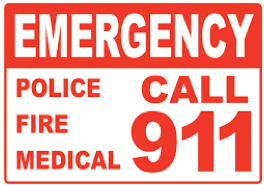 |
9-1-1 is the universal emergency number that you can use 24 hours a day for Police, Fire, or Emergency Medical Services. |  |
It should be called to report fires, crimes in progress, or medical emergencies.
| Power outages | Traffic conditions | Weather Reports |
| School closings | Information about special events | Information about municipal services schedules |
Extreme weather conditions, holidays and major events increase demands on all emergency service agencies. In times like these, you can do your part in safeguarding your communications lifeline by keeping telephone lines to emergency services personnel clear and available to handle true emergencies from you and neighboring communities.



 Once the SV CERT has been deployed, the team will:
Once the SV CERT has been deployed, the team will:


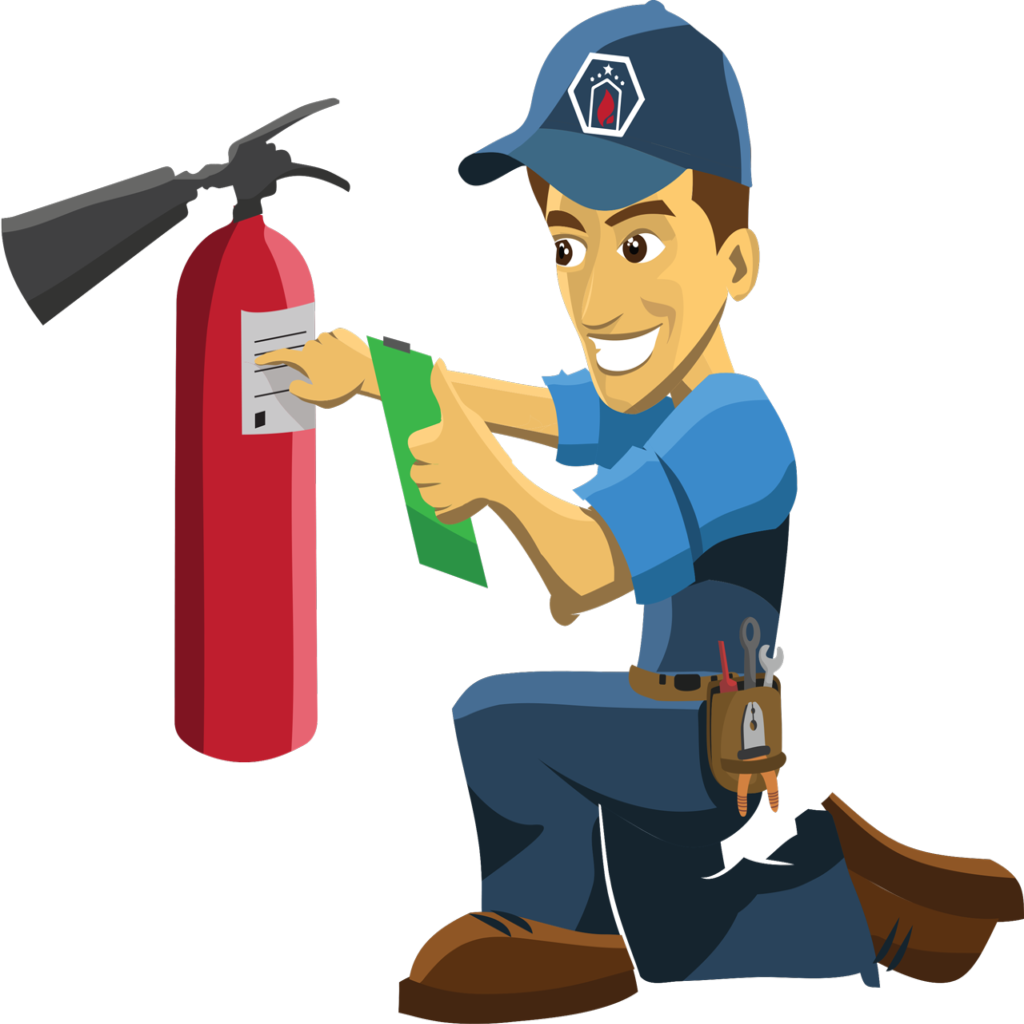
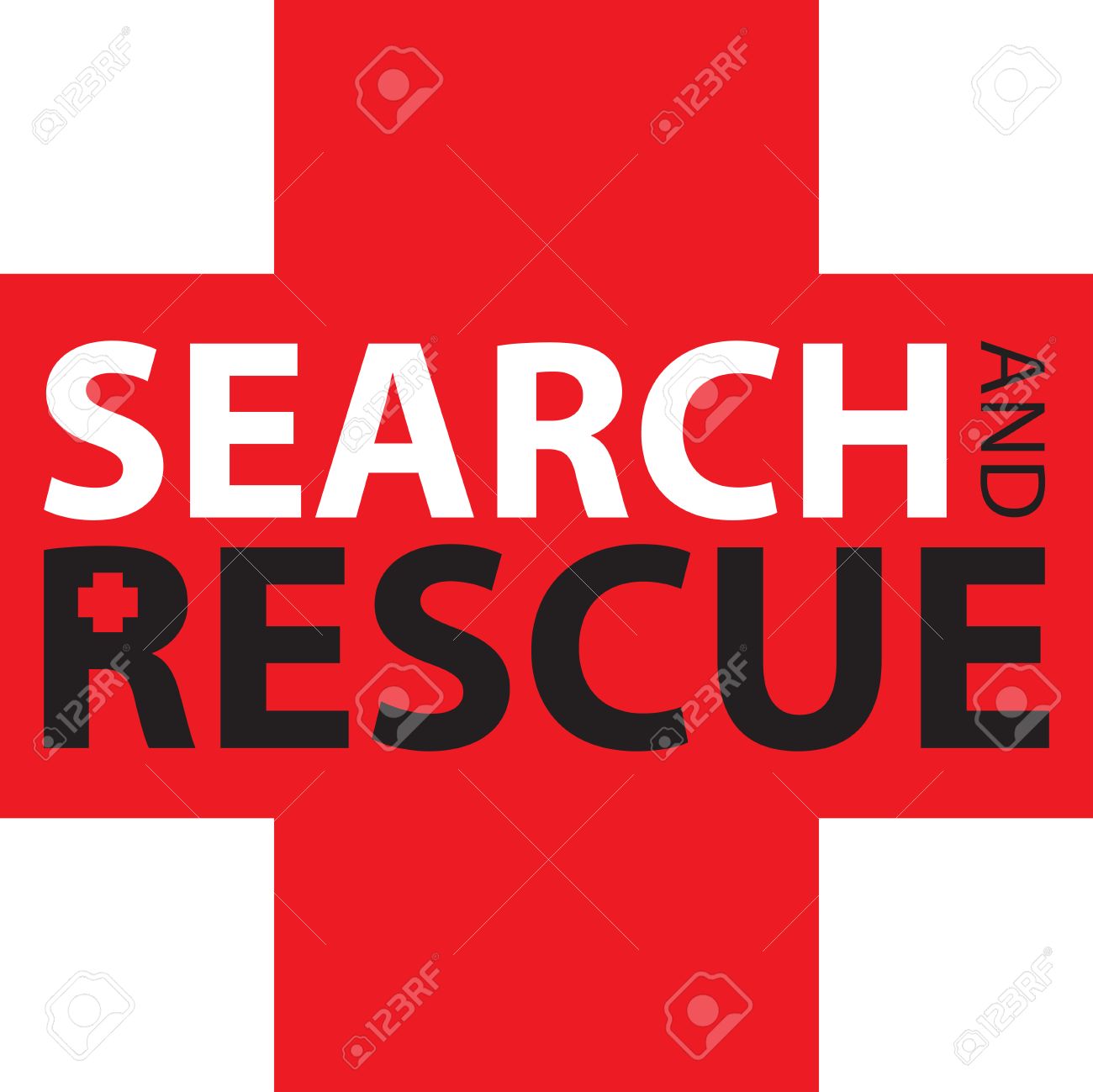
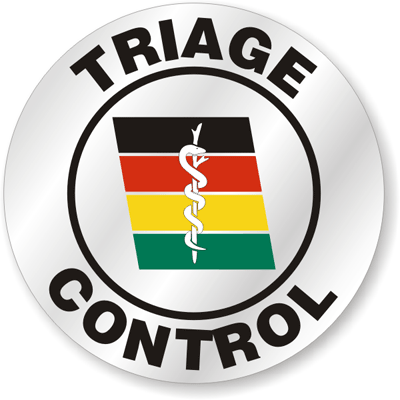
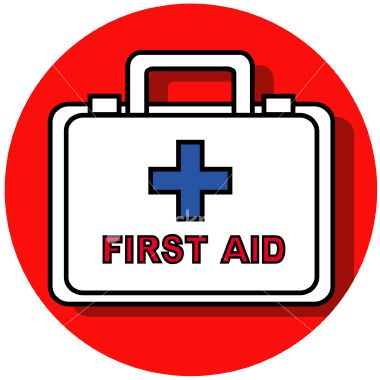
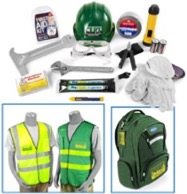
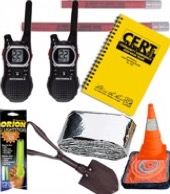
| Link | Title | Description |
|---|---|---|
| Incident Command Forms | ||
| IC-1 | Symphony Village CERT IC Checklist | A guide to emergencies in SV when the clubhouse is used for TRIAGE and housing of injured. |
| IC-2 | Generalized CERT IC Checklist | A guide to emergencies outside of SV if we are called into action. |
| IC-3 | Personnel Resources | Used to record CERT volunteers as they meet at the staging area. |
| IC-4 | Team Assignments and Status | Used to list team type, start and end times, team volunteers, location they are sent to, and assignment. |
| IC-5 | Equipment Resources | A record of any Equipment Resources loaned out to teams. |
| IC-6 | Log Sheet | For general logging of Information, Decisions, and Actions by the IC. |
| IC-7 | Incident Briefing | This is a briefing of the Incident – Incident Name, Map Sketch, and Summary of Current Actions. |
| IC-8 | Post Incident Status | Used to keep a record of multiple incidents, locations, assignments, and start and end times. |
| IC-9 | 2-Way Radio Inventory | Used to keep track of the six 2-way CERT radios. |
| Medical Team Forms | ||
| MED-1 | Damage Assessment | This form is sent out by the IC with each team to access damage in their search and rescue assignment. |
| MED-2 | Victim Treatment Area Record | This is a very important VICTIM TRACKING RECORD. The form used by Search & Rescue and Medical Teams. It tracks each person – time, name, TRIAGE level, medical condition, where relocated (moved) to, and time out. |
| External Communications Forms | ||
| COM-1 | Message Form | Used by the Amateur Radio Operators as a record of messages transmitted and received. |
| ICS-213 | General Message | The preferred message format for use by Amateur Radio Operators as a record of messages transmitted and received. |
|
| Emergency alarm call-down list when an alarm sounds |
|
|---|---|
| Jim Kindle | 410-758-3999 |
| Mike King | 443-262-9450 |
| Tom Weeks | 410-758-8586 |
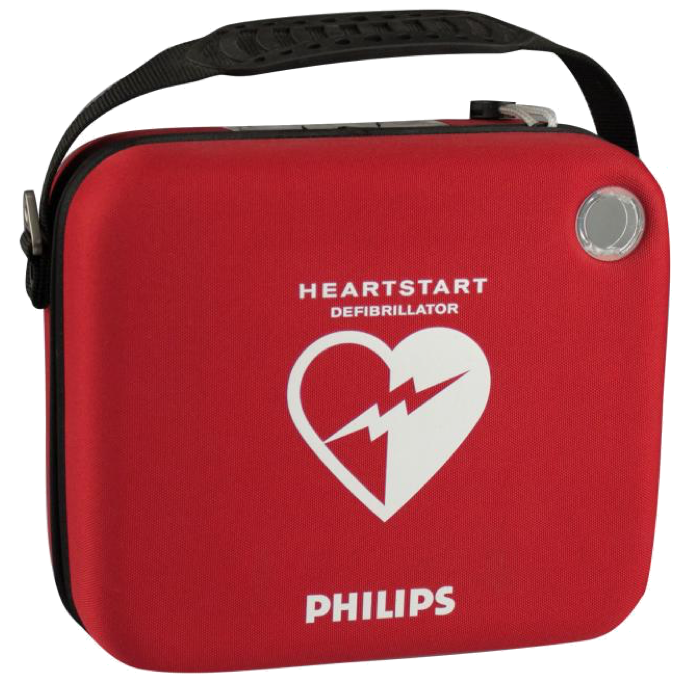

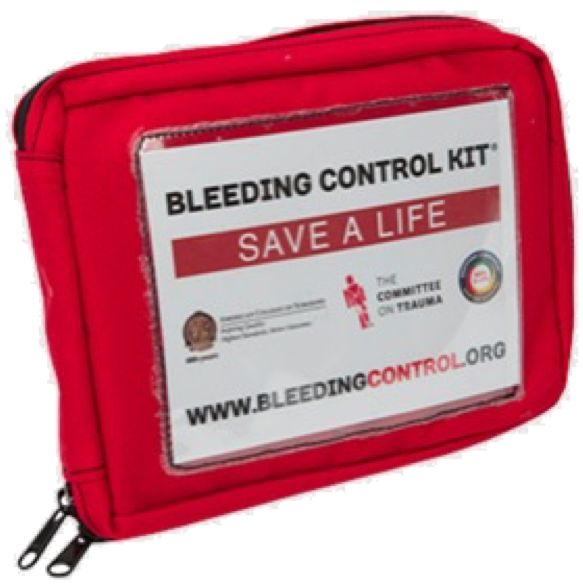
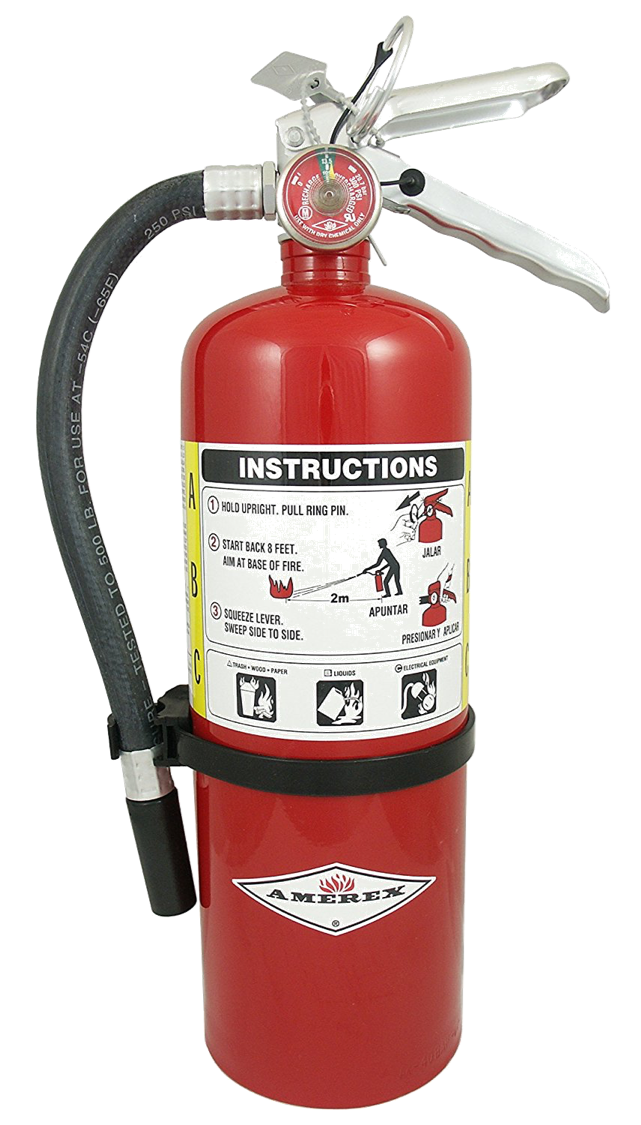
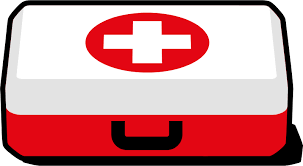
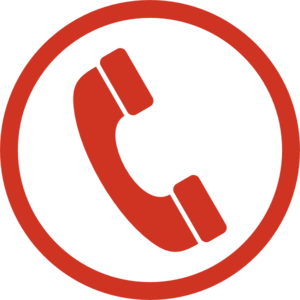
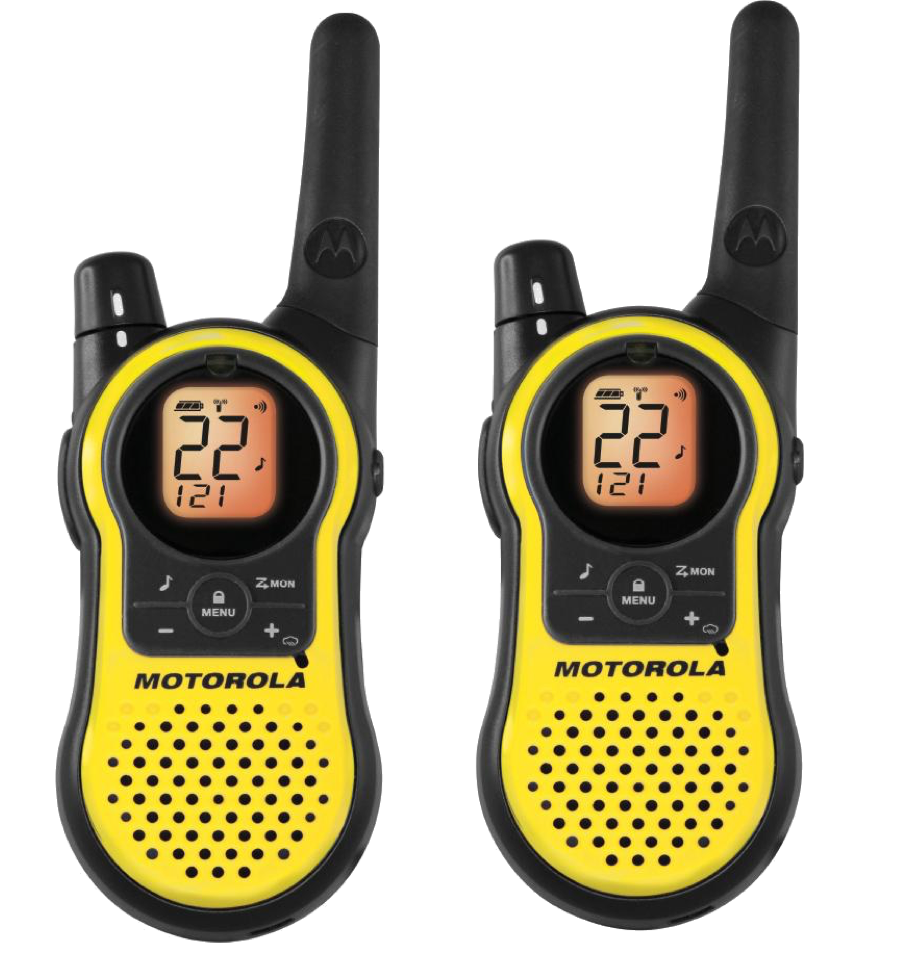
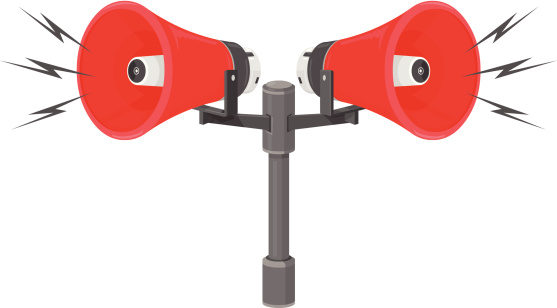 TESTS – First Saturday of every month at Noon sounding the Imminent Danger signal for 30 seconds followed by the All Clear.
TESTS – First Saturday of every month at Noon sounding the Imminent Danger signal for 30 seconds followed by the All Clear.
| AM Radio | |
|---|---|
| WKDI, Denton | 840 kHz |
| BWI Airport | 1040 kHz |
| WBAL, Baltimore | 1090 kHz |
| WNAV, Annapolis | 1430 kHz |
| WEMD, Easton | 1460 kHz |
| WCTR, Chestertown | 1530 kHz |
| WXHL, Elkton | 1550 kHz |
| Fort Detrick | 1610 kHz |
| UMB | 1620 kHz |
| UMD | 1640 kHz |
| Ocean City | 1670 kHz |
| Fort Detrick | 1680 kHz |
| FM Radio | |
|---|---|
| WOEL, Elkton | 89.9 FM |
| WKHS, Worton | 90.5 FM |
| WPOC, Baltimore | 93.1 FM |
| WCEI, Easton | 96.7 FM |
| WIYY, Baltimore | 97.9 FM |
| WRNR, Grasonville | 103.1 FM |
| WTDK, Federalsburg | 107.1 FM |
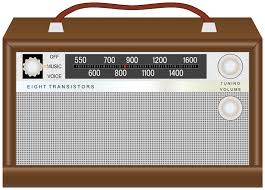
|

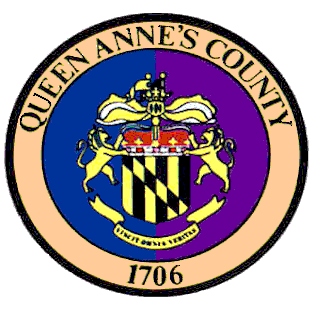
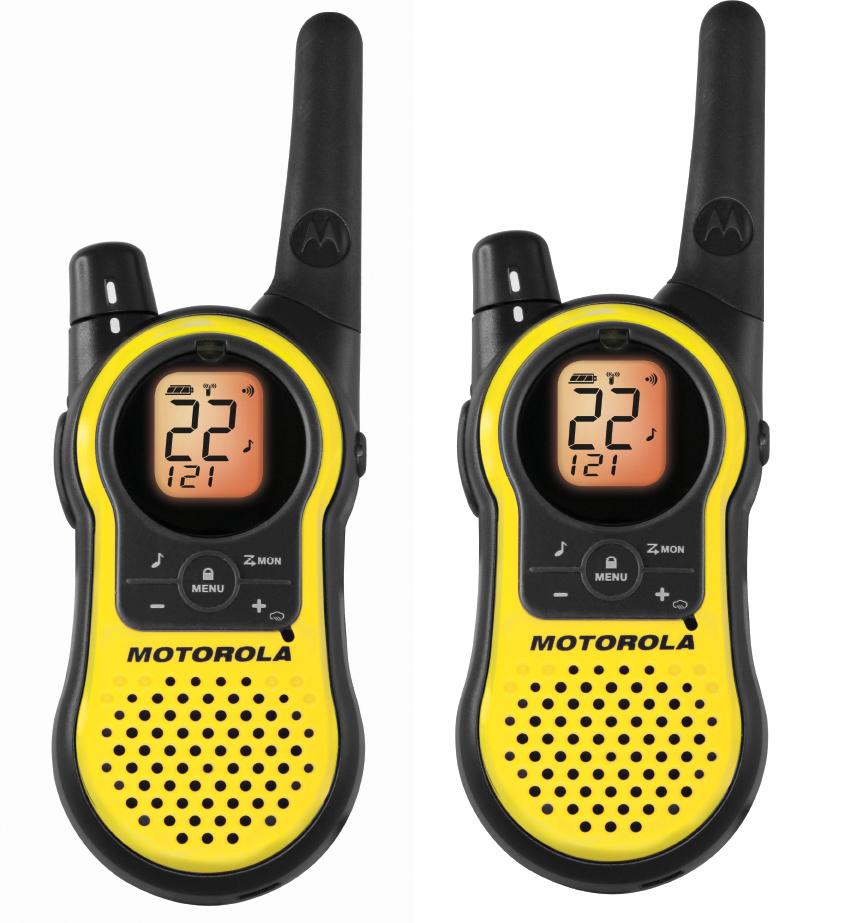
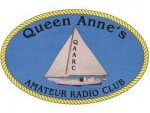
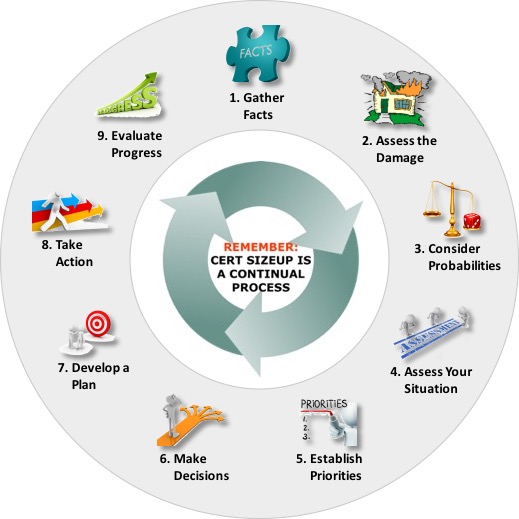 Click for larger image |
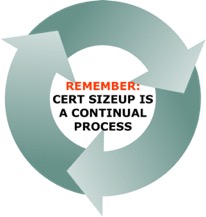 Most Critical Step. At intervals, evaluate your progress in accomplishing the objectives in the plan of action to determine what is working and what changes you may have to make to stabilize the situation.
Most Critical Step. At intervals, evaluate your progress in accomplishing the objectives in the plan of action to determine what is working and what changes you may have to make to stabilize the situation.